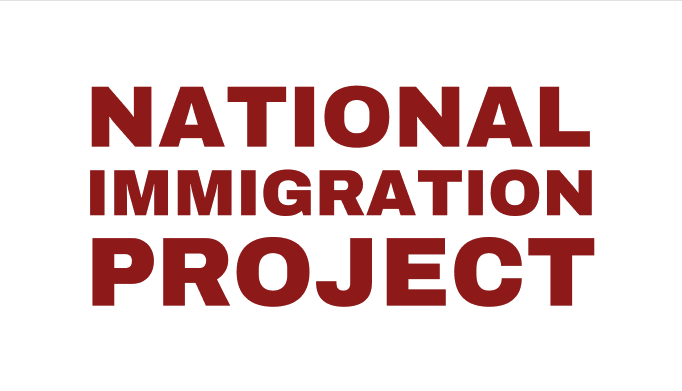In 2001, the USA PATRIOT Act introduced a sweeping definition of "terrorist organization" into the Immigration and Nationality Act. 8 U.S.C. § 1182(a)(3)(B)(vi)(III). Immigration advocates report that it has resulted in unjust and discriminatory targeting of applicants for immigration benefits-including penalizing applicants for affiliating with U.S.-allied groups. Under this three-part classification system, groups that are considered to be "Tier I" and "Tier II" terrorist organizations are determined by the Department of State and listed publicly on the agency's website. But groups that are considered "Tier III" terrorist organizations-i.e. any group of two or more individuals who engage in so-called "terrorist activity"-are determined on a case-by-case basis in connection with an application for an immigration benefit. For example, under this definition the U.S. government barred an Iraqi interpreter who served with the Marine Corp on terrorism grounds due to his one-time affiliation with the Kurdish Democratic Party that helped incite rebellion against Saddam Hussein.
The government has not systematically published its decisions on Tier III groups, and the lack of transparency and high degree of discretion has made it hard for applicants to identify inconsistent decisions or discriminatory patterns.
IRAP and NIPNLG have developed a chart listing organizations that have in the past been discussed in immigration cases as possible Tier III terrorist organizations. The chart harnesses publicly available information to bring much-needed transparency to Tier III designations and to provide notice to immigration practitioners and noncitizens about potential Tier III issues.
The chart tracks decisions and statements by immigration authorities on whether groups were found to be Tier III terrorist organizations in specific circumstances. Sources include federal district and circuit court rulings, decisions by immigration courts and the Board of Immigration Appeals, USCIS statements, DHS group-based exemptions, and an advocate's list based on USCIS denials of adjustment of status.
Please note that the chart is not exhaustive and, as discussed in the preliminary note to the chart, the fact that an organization is listed in the chart does not mean that it will be deemed to be a Tier III group in a particular individual's case.
